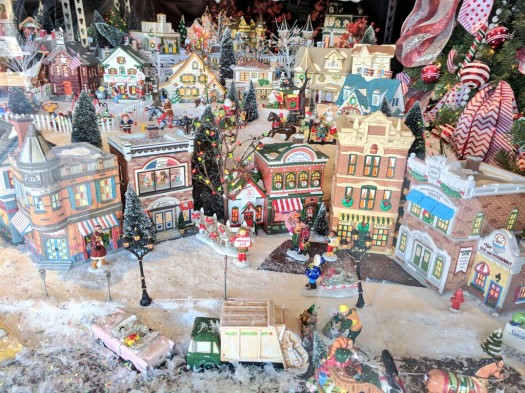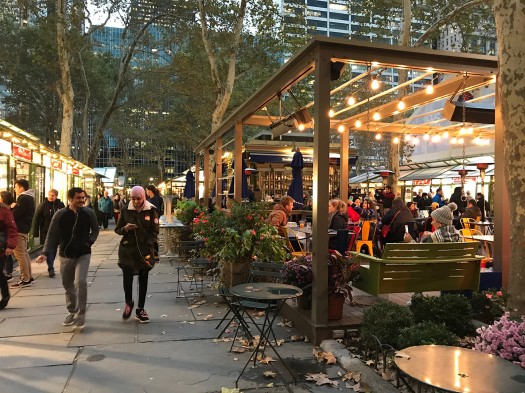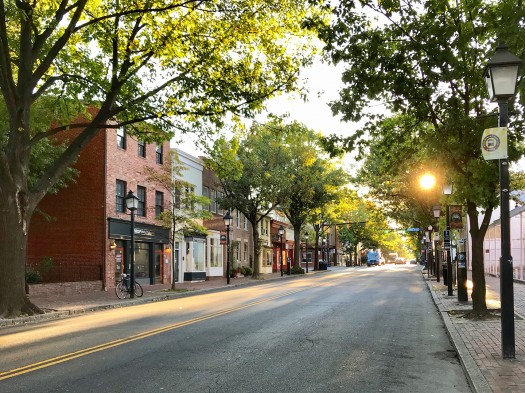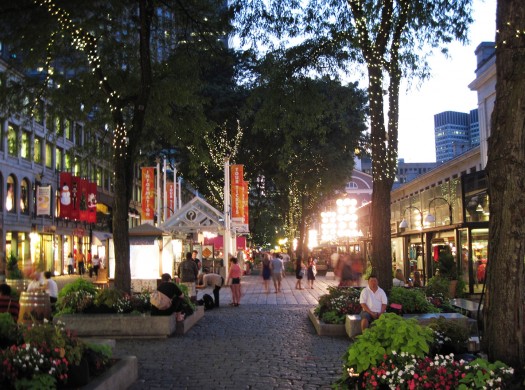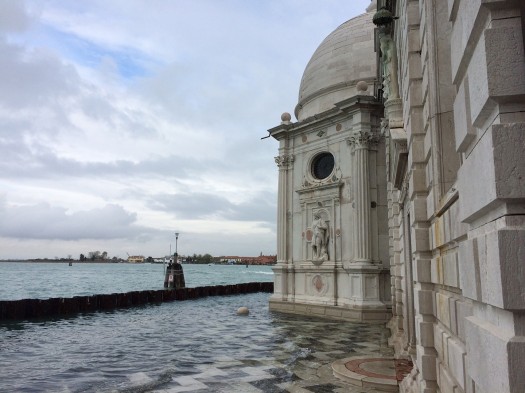Environment | Sustainability
Climate Change: Making the most of failure
Though it surely happens in sports at all levels, there’s one phenomenon that’s particularly common in youth sports: A game in which you’re so outmatched, so fundamentally inferior to your opponent that the outcome, minus Divine or supernatural intervention, is essentially guaranteed. You’re going to lose.
Read MoreMoving Beyond “Smart Growth” to a More Holistic City Agenda
Originally published almost four years ago and every bit as relevant today. I have spent most of the last twenty years working on an agenda grounded in, for lack of a better phrase, “smart growth.” That agenda basically holds that our regions must replace suburban sprawl with more compact forms of growth and development; that…
Read MoreYear End Reflections: Gratitude for Livable Places
As the year draws to a close, reflection is an important rite of passage: celebrating, mourning, learning, and letting go. 2017 has not been the sort of year in which gratitude is the obvious emotion of choice on many levels. Yet the act of searching for what is beneficial, transformative, and noteworthy helps process through…
Read MorePlaces that Pay: Benefits of placemaking v2
“Reconciliation is making peace with reality, our ideals, and the gap in between,” via Her Honour, Janice C. Filmon, Lieutenant Governor of Manitoba. Much of our work here at PlaceMakers is about redirecting the trajectory of where we are headed with the targets needed to ensure the wellness of our environment, equity, and economy, so…
Read MoreCNU Climate Summit Highlights
A group of concerned urban designers, architects, ecologists, and economists gathered last week in Alexandria, Virginia, to discuss resilience at the CNU Climate Summit. Unable to join, I reached a few participants by phone and followed the Twitter hashtag, #CNUClimate, to hear highlights of the presentations and working groups. Several of their ideas resonate with…
Read MoreTen key ingredients of a green and healthy community
If someone asks what a green community, or a healthy one, means to you, what comes to mind? I’m willing to bet that for most people it is the visible and tangible aspects: a lovely city park, perhaps, or mature street trees, or bicycle lanes on a city street. If you’re a bit more wonky,…
Read MoreA Hurricane Response Lesson: Disrupt the cycle of futility
Those of us who spent extended time in coastal Mississippi and Louisiana after Hurricane Katrina in 2005 are watching the weather and reading the news with a serious case of Groundhog Day. It’s rescue-recriminate-rebuild-repeat. Over and over again.
Read MoreHurricane Harvey provides a sober reminder that resilience is about mitigation and adaptation
Most of us faraway bystanders are observing Houston’s response to Hurricane Harvey with concern at the devastation as well as encouragement at the stories of compassion. With sympathy to the current human suffering from Harvey, we are wishing Houstonians continued strength, fortitude, and safe passage this week. No amount of comprehensive planning or zoning reform…
Read MoreWhy City Issues are Also Environmental Issues
Cities need nature, as I’ve written in an earlier essay. But what is not so well understood is that nature also needs cities. There is simply no way we can protect and maintain a beautiful, thriving, natural and rural landscape outside of cities if we continue to spread highways and suburban sprawl across the countryside. Healthy, robust, beautiful…
Read MoreHere Today, Gone Tomorrow, Here the Day After That
They may not be new but I was recently introduced to a series of comics by English artist Grayson Perry taking on the world of creative arts, particularly one entitled “Gentrification.” The tale is familiar. Old industry fades, artists take possession of the infrastructure, ragtag commerce blossoms and, ultimately, evolves into something only fleetingly reminiscent…
Read More

